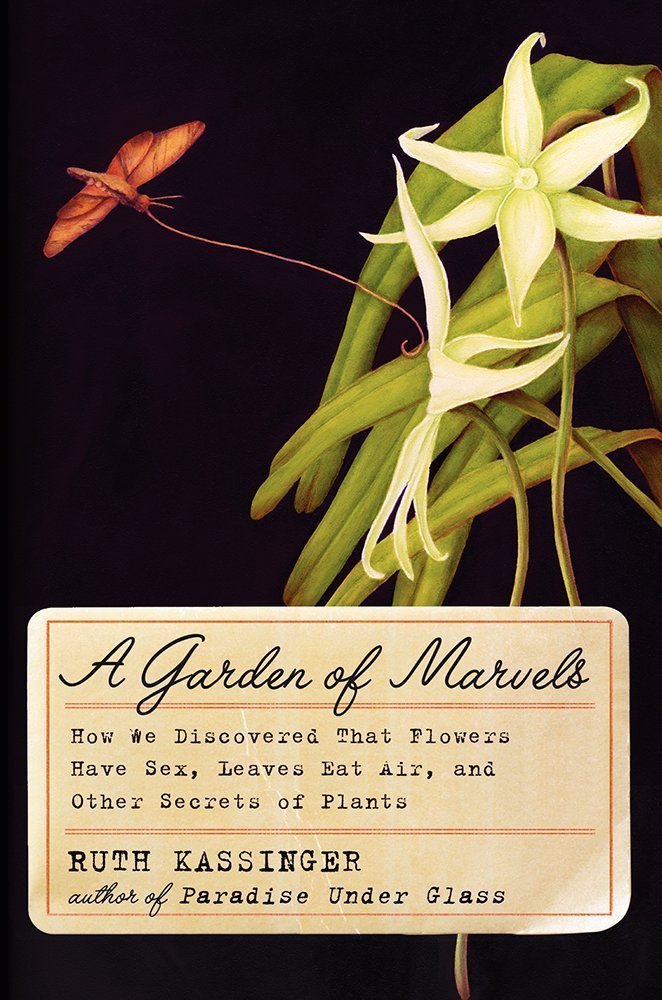This is a delightful compendium of botanical discoveries — and how they’ve shaped human history. Kassinger opens with a brief overview of how the sciences had tackled more out-of-reach topics, like constellations and orbits. Ancient Greek attempted to understand atomic structure. But plants had been left out of much of the study.
She writes:
Uncovering the laws of celestial mechanics, where measurements and equations reveal truths, was easier than understand an onion. ~ Loc. 167
Kassinger also illustrates this point by giving examples of early thoughts on botany:
To believe in a lamb-producing plant — or barnacles that grow on trees and then hatch geese, asparagus that spring from crushed rams’ horns, or mandrake roots that scream like men when pulled from the earth — seems laughable now. But in the seventeenth century, no one knew what a plant was or was not. An intuitive definition of plants — something along the lines of “living, green, immobile, insensate beings” — was of little help delimiting the category. ~Loc. 398
Throughout the book she touches on Darwin and Mendel, but also on the history of pigments, pollination, and use of mint. The book is extremely accessible to the novice or casual plant-lover; but it is also full of detail and research for the more expert botanist.
Read via Edelweiss
____________________
Hardcover, 416 pages
February 25th 2014
William Morrow & Company
ISBN 0062048996 (ISBN13: 9780062048998)

